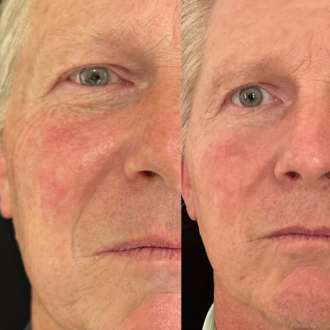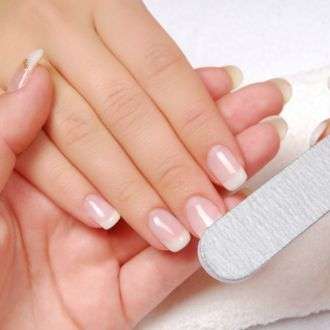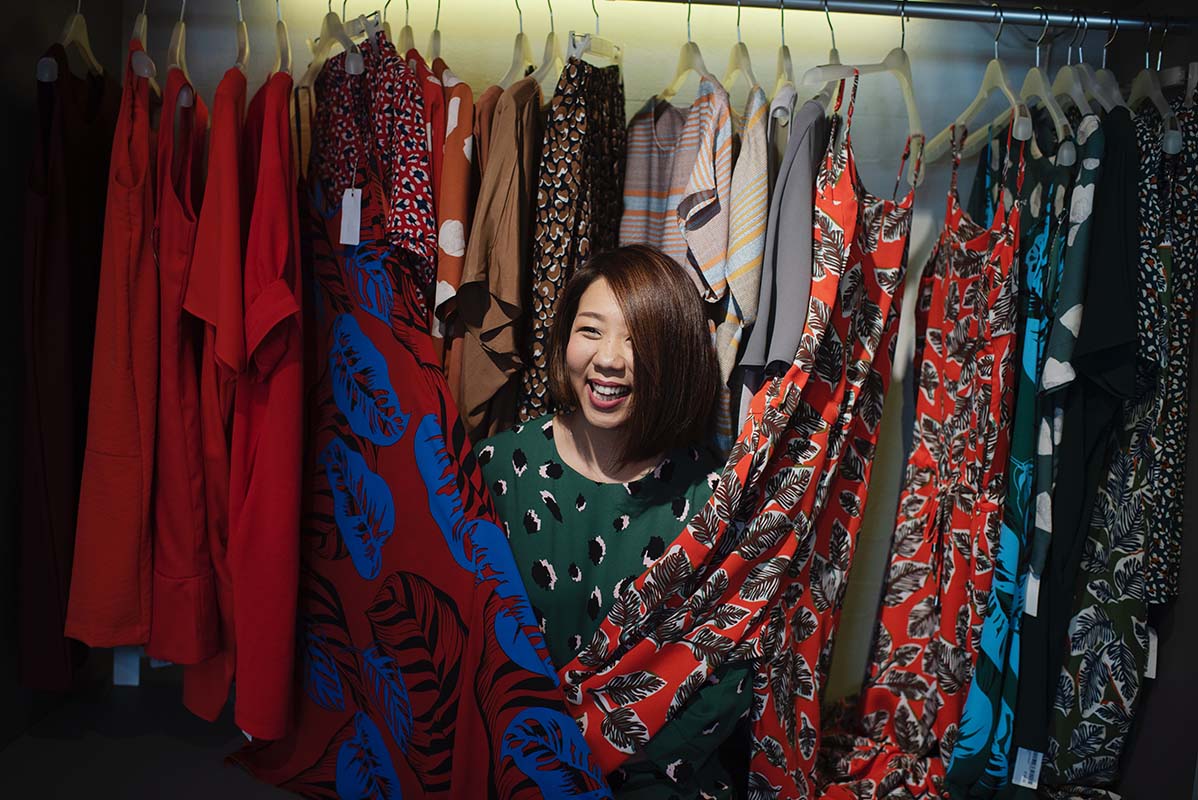
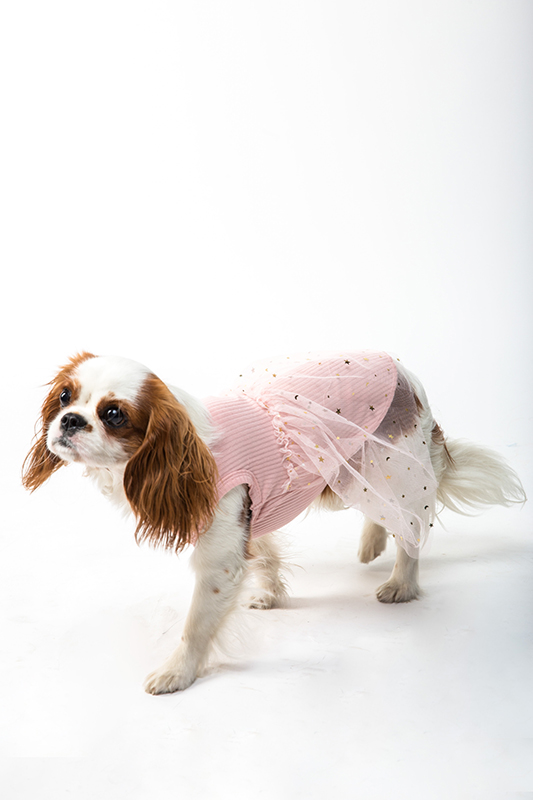
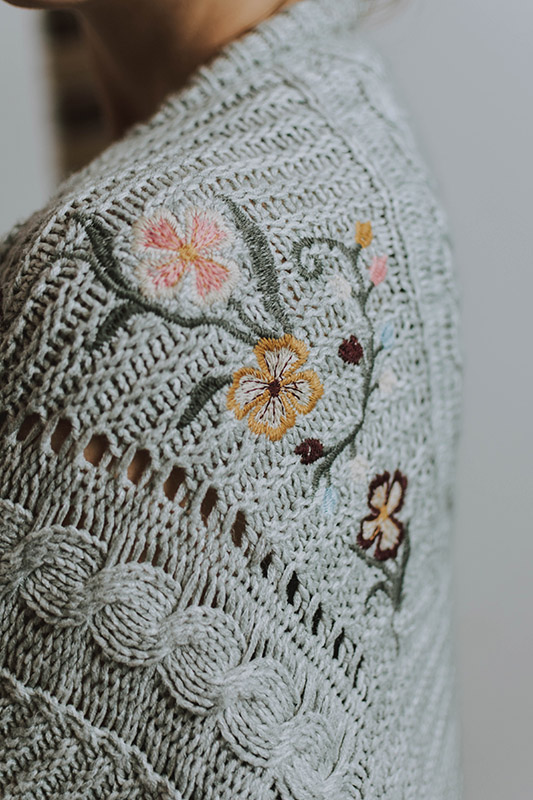
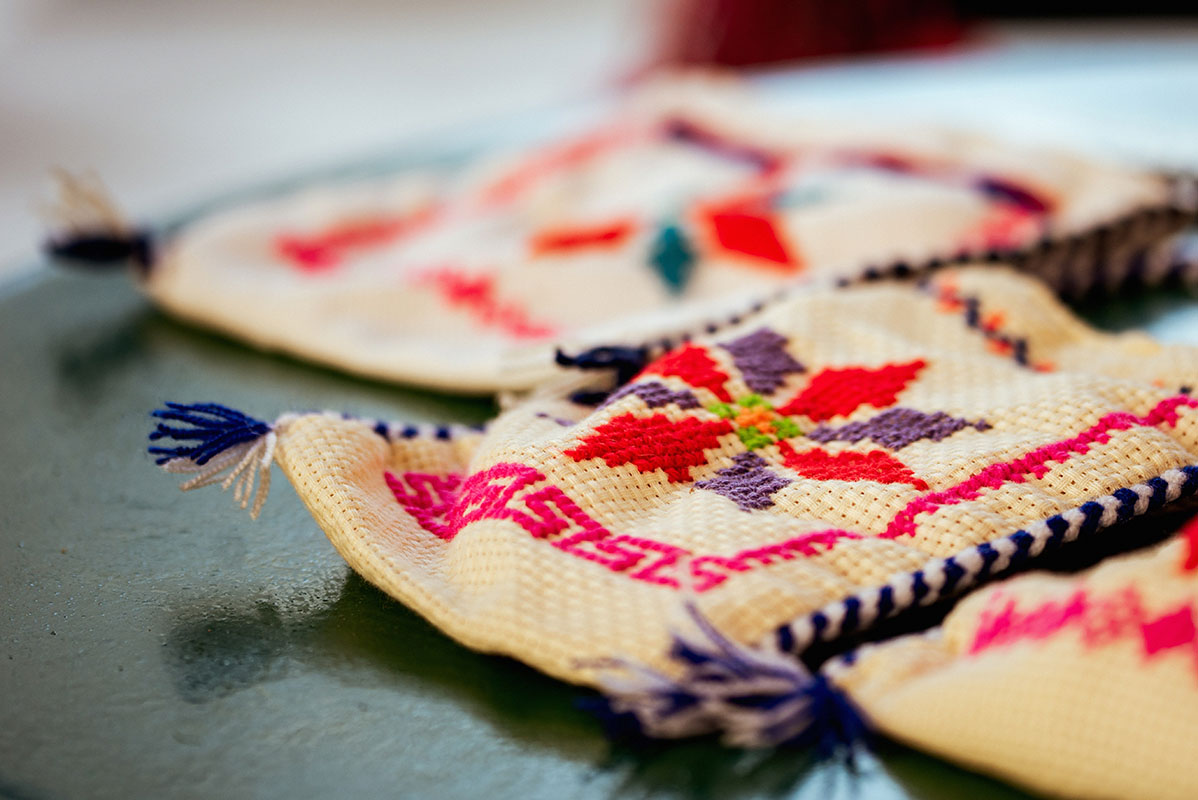
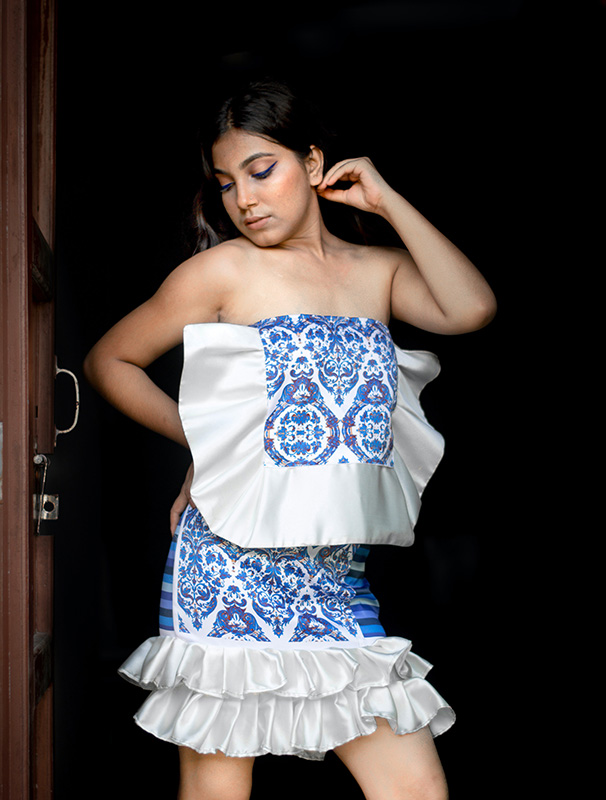
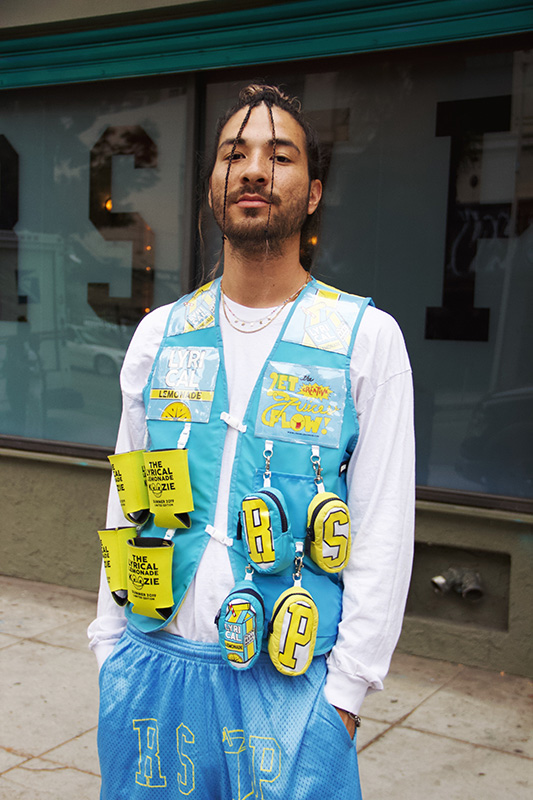
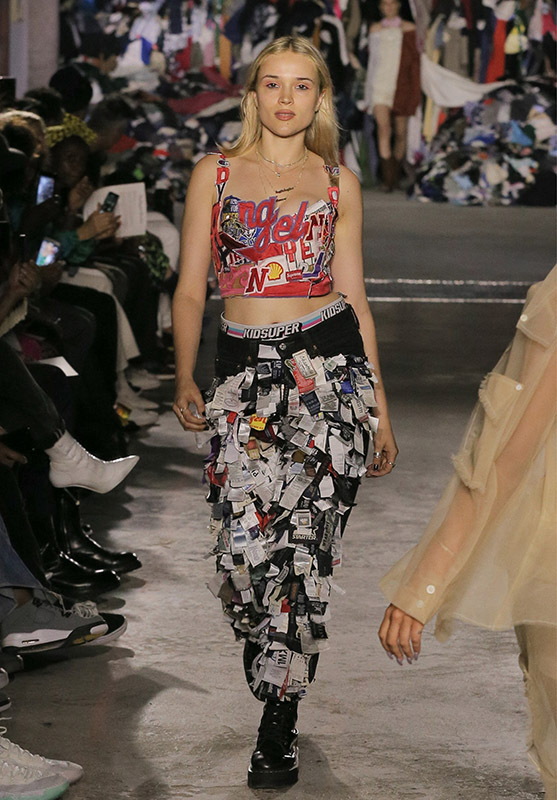
The textile industry is one of the largest polluters of the environment which hurts the environment in numerous ways, knowingly or unknowingly. Water pollution by releasing toxic dyes to water ways, high carbon and water footprints are few ways that play a major role in polluting the environment through fast fashion. Unfair labor practices are another downside of the garment industry which is on the rise currently. Upcycling of garments is a magical way of using creativity and imagination to create your favorite fashion styles out of the discarded. This repurposing of clothes is undoubtedly one of the best ways forward for a sustainable living.
Upcycling is the process where something new, which is of higher quality, is produced from waste material, whereas recycling is the action of turning waste into reusable material by destroying its current, original state. Upcycling of clothing involves being creative with your old clothes while refashioning them into items of higher quality, in order to bring them back to life. It mainly revolves around slicing and sewing your old garments to form new fashionable clothing, which provide better value and quality than the original.
This process of upcycling requires fewer resources than the usual garment production process and it requires minimal energy consumption compared to recycling. The process can be carried out even at home in a smaller scale. The process of cutting and stitching of vintage garments together and forming new pieces of clothing provides an interesting zing to the process. Pre-consumer waste and post-consumer waste are both used in upcycling. Pre- consumer waste is the waste that comprises of pieces of clothing that have been left over during the production of garments, in the textile industry. Post- consumer waste is the waste that has been discarded after using or any clothing items with defects.
Down-cycling is another term that is associated with upcycling widely. This is also a part of this circular fashion industry where textile waste is converted into something of a lower value and quality than its current state. Clothes can be down cycled into rugs, carpets that are less valuable than they were before.
Upcycling is already being done in an industrial scale as well. Adidas is one of the famous brands that has already stepped into upcycling. Upcycling promotes craftsmanship of the producers while improving the creativity of the designers. The local and rural industries that are interwoven with the upcycling process are contributing to the economic development too. It definitely can be a great source of income, while responding creatively to the outside world. Customized upcycled clothing can be delivered to the customers’ doorstep through these local industries and also through cottage industries.
If you ever tell yourself you really need new clothes every morning, but your wardrobe is cluttered with the clothes that you don’t wear anymore, these are a few ways to upcycle your old clothes!
1. Turning men’s T-shirts to girls’ dresses.
2. Making headbands from old T- shirts.
3. Making use of your embroidery skills; if you are a fan of embroideries, now you can embroider any design you prefer, on your old clothes, so that they will look far better than before.
4. Mismatching your old clothes together; if you were planning to throw your outdated clothes away, now it’s your chance to refashion them by mismatching. You will definitely be second guessing your previous decision to throw them away.
5. Bleaching and tie-dyeing
6. Swap your clothes; this will help your friends, neighbors and colleagues to find out what they really like as well. But this is in exchange for clothing that you do not feel like styling anymore.


